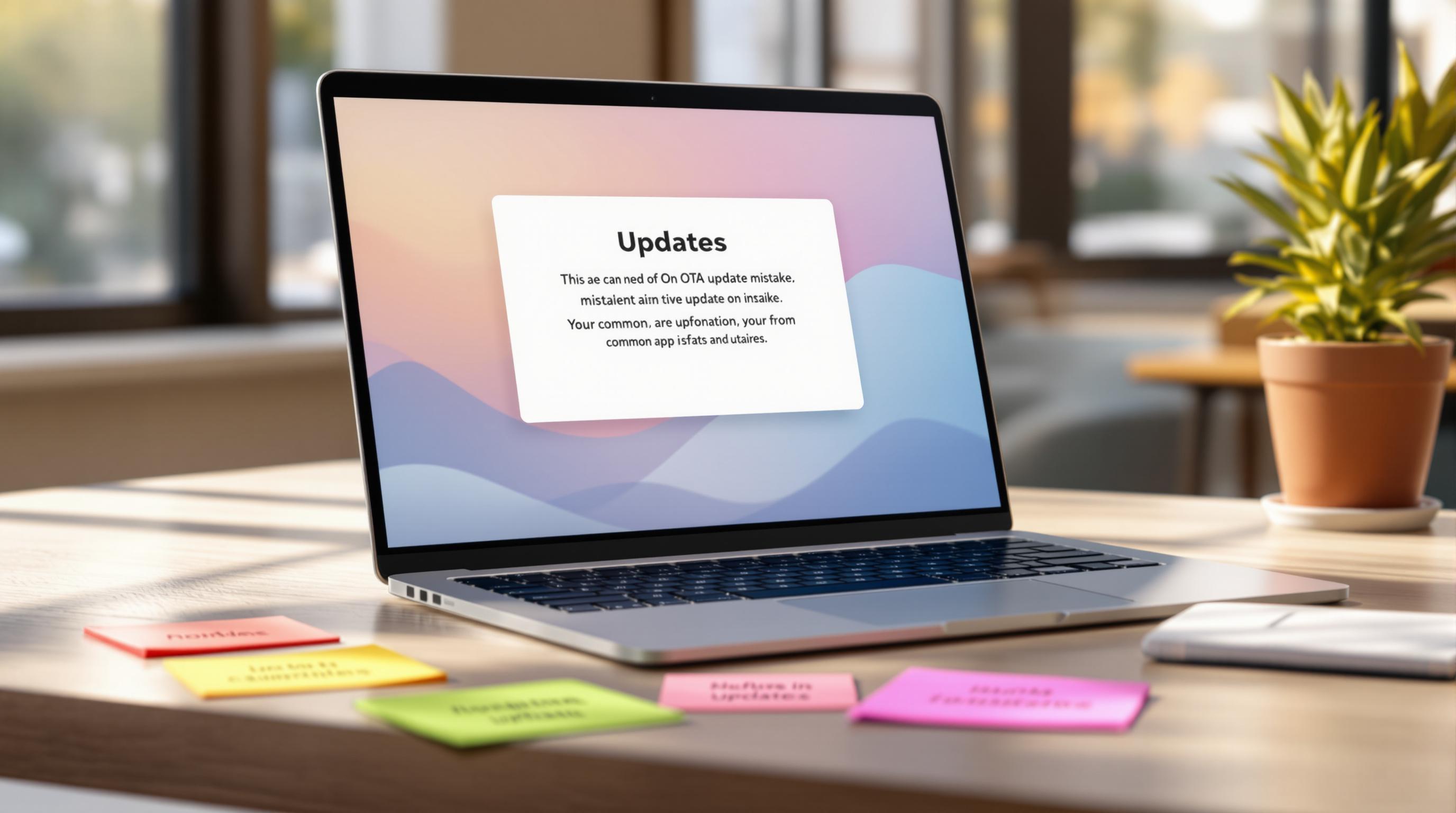Managing encryption keys in China is complex but essential for compliance. Here’s what you need to know:
- Encryption Law Basics: Store keys on mainland China servers, use approved encryption methods, undergo audits, and maintain detailed records.
- Challenges:
- Servers must be in China, with redundancy and strict data residency.
- Government oversight includes audits, access protocols, and compliance reports.
- Technical limits restrict algorithms, key lengths, and protocols.
- Solutions:
- Choose between on-premises, hybrid cloud, managed services, or self-hosted setups.
- Use tools like Capgo for local hosting, end-to-end encryption, and compliance automation.
- Tips:
- Regularly check compliance.
- Collaborate with local experts.
- Use tools that align with China’s encryption standards.
Quick Comparison:
| Method | Storage Location | Compliance Level | Complexity |
|---|---|---|---|
| On-premises HSM | Local data center | High | High |
| Hybrid Cloud | Mix of local and cloud | Medium-High | Medium |
| Managed KMS | Certified cloud | High | Low |
| Self-hosted | Private infrastructure | High | Medium-High |
To succeed, focus on compliance, secure tools, and expert guidance.
Konstantinos Karagiannis | Did China break encryption …
Key Management Challenges in China
Handling encryption keys under Chinese regulations presents a range of challenges that demand precise technical solutions and careful compliance.
Data Storage Rules
China’s Personal Information Protection Law (PIPL) enforces strict rules for storing encryption keys. Key storage systems must:
- Host physical servers entirely within mainland China, as required by law.
- Use redundancy across multiple data centers within the country.
- Ensure data remains within national borders during processing.
- Maintain detailed logs of all key access and modifications.
This means developers often need separate storage setups for operations inside and outside of China. While secure storage is a must, the level of oversight adds additional layers of complexity.
Government Oversight Requirements
In addition to storage rules, government oversight introduces more hurdles to managing encryption keys. Here’s a breakdown of key requirements and their impact:
| Requirement | Impact on Development | Technical Implications |
|---|---|---|
| Regular Audits | Quarterly security reviews | Requires detailed audit trails |
| Access Protocols | Authority access protocols | Secure endpoints for oversight |
| Reporting Systems | Monthly compliance reports | Automated monitoring systems |
| Key Backups | Secondary storage setup | Higher infrastructure expenses |
These requirements not only increase operational costs but also demand advanced technical solutions to meet compliance standards.
Technical Limits
On top of storage and oversight, technical restrictions create additional obstacles for encryption practices. Developers must navigate:
- Approved Algorithms: Only government-certified encryption methods can be used.
- Key Length Restrictions: Maximum key lengths are strictly regulated.
- Protocol Limitations: Certain protocols are explicitly prohibited.
These constraints can make it difficult to implement secure features, particularly in apps that require frequent updates or real-time data handling. As a result, many developers turn to specialized tools and services to balance compliance with performance and security needs.
Solutions for Chinese Key Management
Local Storage and Compliance
China’s regulations demand that key management systems ensure data sovereignty through compliant self-hosting. Capgo’s self-hosting option keeps all data within mainland China, offering a secure approach to managing encryption keys in line with these rules. This setup lays the groundwork for meeting encryption standards effectively.
Update Systems and Encryption Security
China’s encryption laws require app updates to be handled through approved platforms. Capgo addresses this by using end-to-end encryption, ensuring that only authorized users can decrypt data. Its CI/CD integration simplifies the process by automating compliance checks, while built-in version control offers detailed audit trails to monitor encryption changes.
Key Management Methods
Managing encryption keys effectively in China means balancing strict regulations with operational needs. Organizations must choose methods that meet data sovereignty rules while considering options like on-premises storage, hybrid cloud setups, managed key services, or self-hosted solutions.
Method Comparison Chart
| Method | Storage Location | Compliance Level | Implementation Complexity |
|---|---|---|---|
| On-premises HSM | Local data center in China | High | High |
| Hybrid Cloud | Mix of local data centers and approved providers | Medium-High | Medium |
| Managed KMS | Certified cloud provider within China | High | Low |
| Self-hosted | Private infrastructure in China | High | Medium-High |
Each option comes with its own set of benefits. On-premises Hardware Security Modules (HSMs) offer the highest level of control but require significant investment in infrastructure. Hybrid cloud solutions allow a mix of local and approved cloud resources, striking a balance between flexibility and compliance. Managed key services simplify deployment, though they might be less customizable. Self-hosted setups are gaining traction for organizations that need detailed control over their encryption systems within China.
When selecting a method, prioritize options that support ongoing maintenance, compliance checks, and regular audits. These considerations set the stage for the practical guidelines covered in the next section.
Developer Guidelines
Managing encryption keys under China’s regulations demands a structured approach. These guidelines help developers align regulatory needs with practical application.
Regular Rule Checks
Developers should establish a routine process to ensure compliance with encryption regulations. This includes regularly reviewing key storage methods, verifying encryption algorithm usage, checking access controls, and confirming adherence to data residency rules. Keep detailed records of these reviews to demonstrate compliance with Chinese encryption standards.
Collaborating with Local Experts
Navigating China’s encryption requirements can be challenging. Partnering with local legal and security professionals is critical. These experts can help implement approved encryption standards, prepare necessary documentation in Mandarin, and assist during government audits to ensure everything is in order.
Choosing Compliant Tools
Using tools that meet China’s encryption requirements is key to maintaining security without sacrificing efficiency. For example, Capgo supports app updates with end-to-end encryption and local hosting options [1]. This aligns with earlier strategies for managing updates. When selecting tools, focus on features like local data storage, approved encryption methods, detailed audit trails, and strong access controls. Data shows that developers using tools like Capgo have achieved a 95% active user update rate within 24 hours while staying compliant [1].
“Capgo is a must-have tool for developers who want to be more productive. Avoiding review for bug fixes is golden.” - Bessie Cooper [1]
Summary
Managing encryption keys in China requires local data storage, adherence to approved standards, and maintaining detailed audit trails. Balancing these strict rules with efficient operations is critical for success in the Chinese market.
Since Microsoft CodePush’s shutdown in 2024, new tools have stepped in to address both technical and regulatory needs. One example is Capgo, which combines strong security practices with streamlined app deployment.
To stay compliant with China’s encryption laws while maintaining development speed, it’s crucial to use the right tools, keep documentation up to date, conduct regular audits, and collaborate with experts. These steps are key to navigating China’s complex regulatory environment effectively.
“Capgo is a must-have tool for developers who want to be more productive. Avoiding review for bug fixes is golden.” - Bessie Cooper [1]




